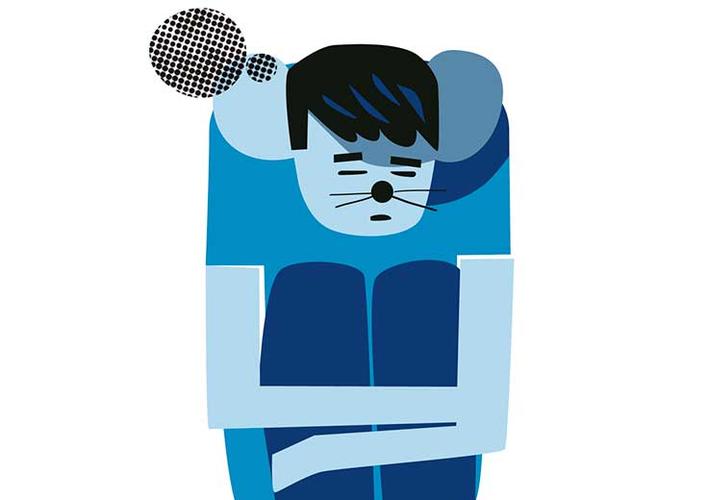The Lifelong Impacts of Childhood Trauma
Behind the Research: Catherine Jensen Peña, neuroscience

That passion blossomed into a full-fledged love affair, as Peña went on to major in biology and earn her Ph.D. in neurobiology and behavior. Her research focuses on the neurobiological impact of childhood stress such as trauma caused by neglect, abuse, and institutionalization.
“It’s such an understudied question, which is so shocking,” says Peña, an assistant professor in the Princeton Neuroscience Institute. The topic also has a special meaning for her: “My mom is a children’s social worker and my dad is an engineer. I feel like I found the perfect combination [of the two] — wanting to know how things work and the effect of childhood stress.”
Peña’s Studies: A Sampling
A BRAIN PRIMED Peña was curious to see whether childhood stress, which is one of the strongest known risk factors for adult depression, alters the brain to make it more sensitive and less resilient to challenges later in life. She and her team studied how two groups of mice — those that had experienced early-life trauma in the form of maternal separation and those that had not — responded to a stressor such as bullying in adulthood. For the mice that had experienced early-life strain, the second life stressor triggered depression-like behavior and the expression of genes not associated with the bullying alone. Looking at the RNA of these mice, Peña says, “it was like the brain was in this pro-depressive state.”
TRACKING CHANGES Peña’s lab is working to tag and track the specific cells that are changed by early-life trauma to determine how these changes prime the brain for depression. Her team has successfully bred a mouse with these particular cells permanently marked, allowing researchers to study how these cells react to stress from infancy through adulthood. Understanding how the brain circuitries of depressed individuals vary depending on their childhood experiences can lead to more varied and effective treatments for humans, Peña says.
WITH PURPOSE Last spring, Anne Elizabeth Sidamon-Eristoff ’20 received funding to interview migrant parents in Texas shelters about their children’s experiences with stress, immigration, and border detention. She and Peña are analyzing the results from 84 parent interviews to determine the impact of these early-life stressors and their contribution to symptoms of post-traumatic stress disorder. “There are people out there who’ve had these traumatic experiences, and we are trying to understand what the resulting changes are in the brain,” Peña says.














No responses yet